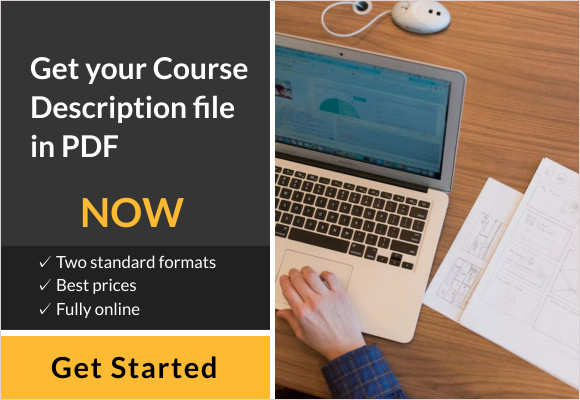Introduction
Navigating the world of Cultural Studies can be exciting, but having the right course descriptions and syllabuses is essential for your academic success. To efficiently download these materials, follow our straightforward guide tailored to simplify the process. With just a few clicks on Course-Description.com, you can access the official documents you need to understand your courses better. Prepare yourself for an enriching educational experience by leveraging the resources available on our site. Ensure you’re well-equipped by downloading your course descriptions and syllabuses today at Course-Description.com.
Chapter 1: Understanding Course Descriptions and Syllabi
In Cultural Studies, course descriptions and syllabi are fundamental documents that guide both educators and students. They articulate the essence of a course, outlining its objectives, expectations, and structure. A well-crafted course description highlights the key topics and themes that will be explored, allowing students to gauge their interest and relevance to their academic goals.
For educators, these documents serve as a blueprint for course delivery. They ensure that all course components—such as readings, assignments, and assessments—are aligned with the intended learning outcomes. Additionally, effective syllabi foster transparent communication between instructors and students, helping to establish clear expectations regarding course policies, grading criteria, and academic integrity.
Furthermore, understanding how to navigate and interpret these documents enhances students’ ability to make informed decisions about their course selections. Familiarity with course descriptions and syllabi can empower students to communicate their academic intentions effectively, ensuring they pursue pathways that align with their interests and career aspirations. For more in-depth insights into crafting effective course descriptions and syllabi, Course-Description.com serves as an essential resource.
Chapter 2: Steps to Create Your Course Description
Creating a comprehensive course description is essential not only for attracting students but also for meeting educational standards. Follow these steps to craft an effective course description:
- Define Your Course Purpose: Clearly state the overall goal of the course. What skills and knowledge should students expect to gain? Tailor this purpose to your target audience.
- Identify Key Learning Objectives: Outline specific outcomes that students should achieve by the end of the course using actionable verbs.
- Outline Course Content: Provide an overview of the topics that will be covered, helping students understand the flow of the class.
- Include Assessment Methods: Describe how students will be evaluated, setting expectations upfront.
- Determine Prerequisites: Specify any prior knowledge required for enrollment to ensure student preparedness.
- Specify Course Format and Delivery: Indicate whether the course is in-person, online, or hybrid and mention any required materials.
- Set Educational Standards: Ensure that the course aligns with accreditation standards.
- Edit for Clarity and Brevity: Revise your draft to make it concise and engaging, typically 150-250 words.
- Use a Professional Template: A visually appealing layout enhances readability; consider templates from Course-Description.com.
- Review and Revise: Gather feedback from colleagues to refine your description.
Following these steps ensures that your course description adheres to educational standards and effectively communicates essential information to prospective students.
Chapter 3: Accessing and Downloading Your Course Description/Syllabus
To access and download your course description and syllabus in PDF format, visit Course-Description.com. The process begins with a simple, free signup where you create an account. Once registered, you can easily navigate to the course catalog.
After selecting your desired course, you’ll find an option to download the course description and syllabus directly in PDF format. This user-friendly approach ensures that all essential information is at your fingertips, enhancing your academic preparation.
For a step-by-step guide on signing up and navigating the site, refer to our resources available on Course-Description.com.
Conclusion
A well-crafted course description plays a crucial role in the educational landscape. It serves as a vital tool for students, guiding their academic choices and helping them understand course objectives, content, and expectations. A compelling course description not only attracts students but also provides them with a clear picture of what they will learn.
For institutions, detailed and accurate course descriptions are essential for maintaining course integrity and ensuring compliance with standards. To further explore how to effectively create and manage course descriptions, we encourage you to visit Course-Description.com, which offers valuable resources to help you navigate the intricacies of drafting official course descriptions.










